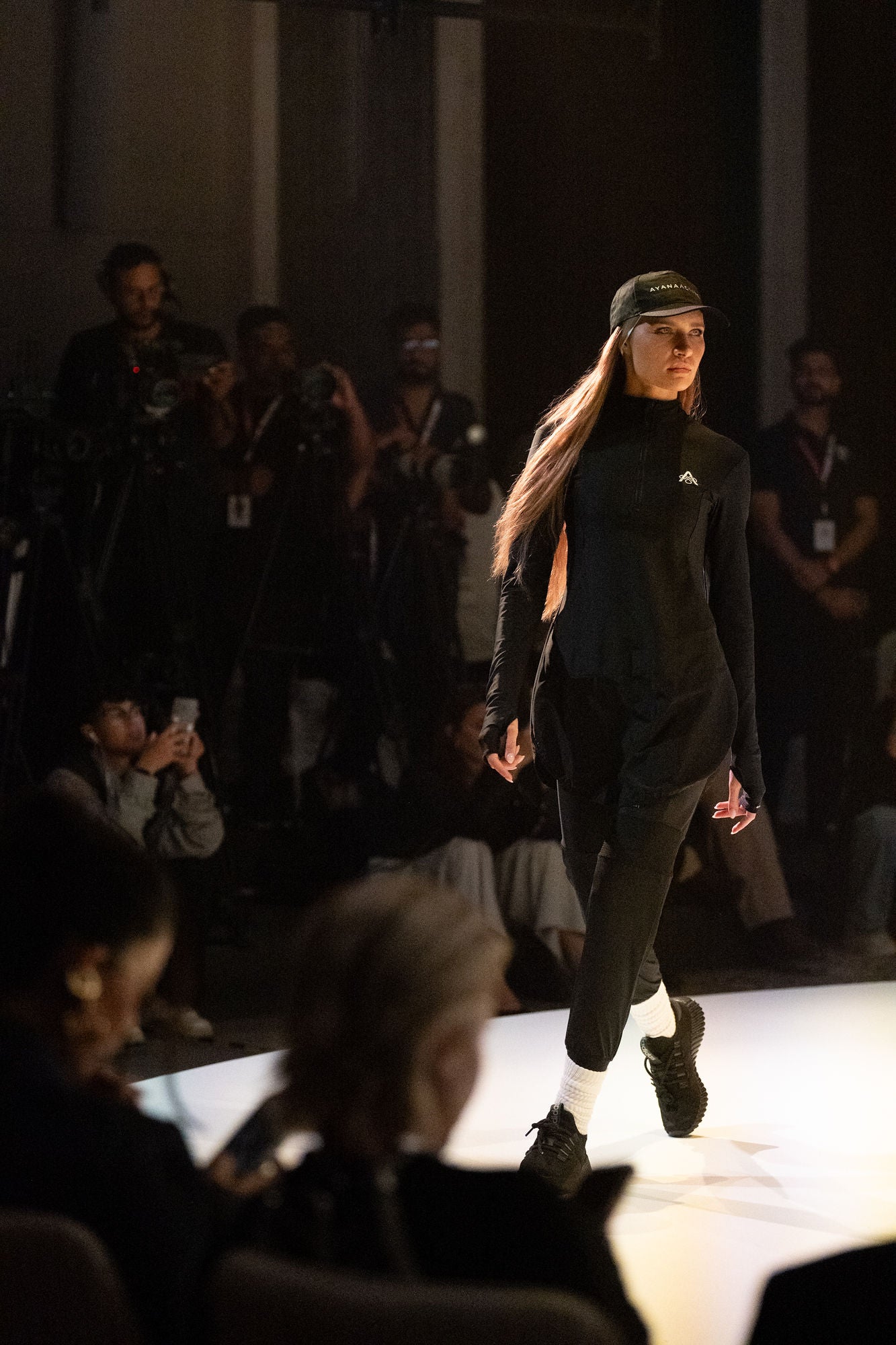Not Just the Runway: How Designers Get Paid
When we think of fashion designers, we often picture glamorous runway shows and high-end couture. But behind the scenes, most designers rely on a mix of strategic revenue streams to stay financially afloat and profitable.
Ready-to-Wear (RTW) Lines: RTW collections are the backbone of many designers’ income. Unlike couture, RTW is mass-produced and sold in retail stores or online, offering broader accessibility and consistent cash flow. These lines often subsidize the cost of more artistic, less profitable ventures like runway shows.
Collaborations & Brand Partnerships: Designers frequently team up with major retailers or lifestyle brands. Think H&M x Balmain or Target x Missoni. These collaborations offer exposure and a consistent paycheck, while allowing designers to tap into new markets without the overhead of production.

Licensing Deals: Licensing is a powerful tool. Designers license their name or logo to manufacturers of perfumes, eyewear, home goods, and more. This generates passive income while expanding brand reach. For example, Ralph Lauren’s licensing empire spans everything from bedding to paint.
Freelance & Consulting Work: Many designers also freelance or consult for other brands, especially early in their careers. This allows them to earn while building their own label. However, selling time has its limits - income is capped by hours worked.
Despite the glamour, fashion is a tough business. Designers face high production costs, marketing expenses, and fierce competition. Diversifying income through the methods above is essential to survival and growth in the industry.



